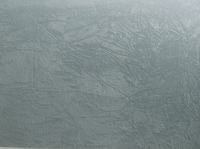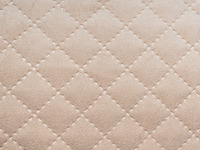
M400266

53046

51020
in 10 day(s)
in 10 day(s)

510202
Available in approx. 2 week(s)
Available in approx. 2 week(s)

M400200
in 7 day(s)
in 7 day(s)

510381
in approx. 2 - 3 months available
in approx. 2 - 3 months available

510250
Available in approx. 3 week(s)
Available in approx. 3 week(s)

510371
in approx. 2 - 3 months available
in approx. 2 - 3 months available

510251
in approx. 1 - 2 months available
in approx. 1 - 2 months available

510170
in approx. 1 - 2 months available
in approx. 1 - 2 months available

510391
in approx. 2 - 3 months available
in approx. 2 - 3 months available

510370
in approx. 2 - 3 months available
in approx. 2 - 3 months available
Cladding the motorhome from the inside.
There are several ways of approaching this. Once the original interior trim is in place, it can be easily reused. Because as long as it matches the colour and space technically with the furniture, sometimes only a small preparation is sufficient. To hide the X-trem or other insulating material, however, you can rarely get around the 3mm poplar plywood coated or the Intervelour.
Here are a few simple tips:
Do not throw away old cladding, if still in place! The old parts can still serve well as a pattern! If they are no longer available, you will have to start with pencil and tape measure and please do not forget the fixing points!
For small pieces you can also use newspaper or cardboard as a blueprint.
Before cutting: Measure out exactly and use the blueprints made if necessary. This way you can save a lot of material by a good arrangement.
You can now saw out the 3mm poplar wood or the hardboard with a jigsaw. The edges are smoothed with a file. As a clean connection between the boards we recommend the 3mm connection profile . The parts are screwed to the desired fixing points with countersunk or tapered screws.
In case of direct screwing to the vehicle panel, it is recommended to underlay the contact points with a noise-insulating material (x-Trem/Felt or similar).
It is easier with Isovelour, Intervelour or imitation leather. Cut out and glue on, done!
Of course it is not quite that simple. These fabrics are relatively thin, which means that an irregularity or a little too much glue will quickly be pressed through. Therefore it is better to use a little less glue than too much. We offer many velour fabrics laminated with foam to counteract the irregularities. If you don't find the right one, we also have a laminated foam as a base for your individual cladding material in our programme.
